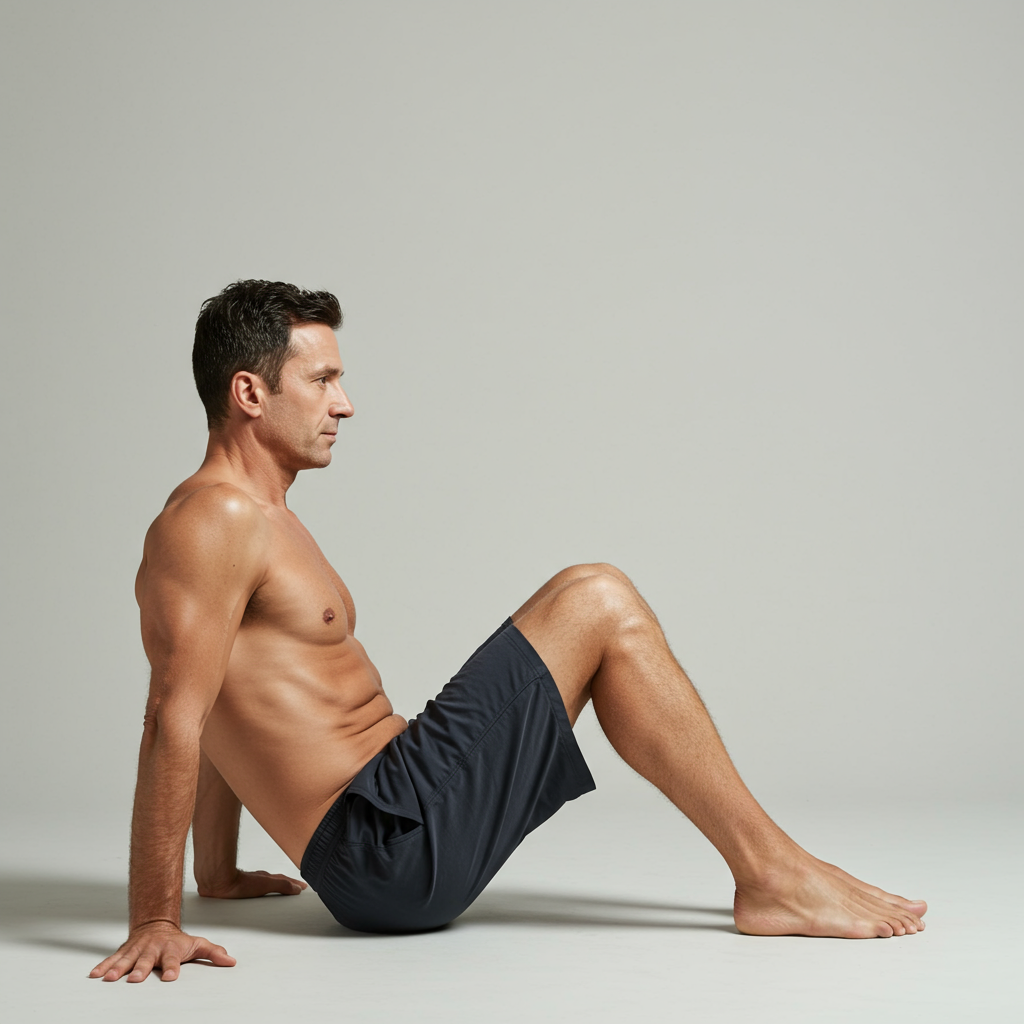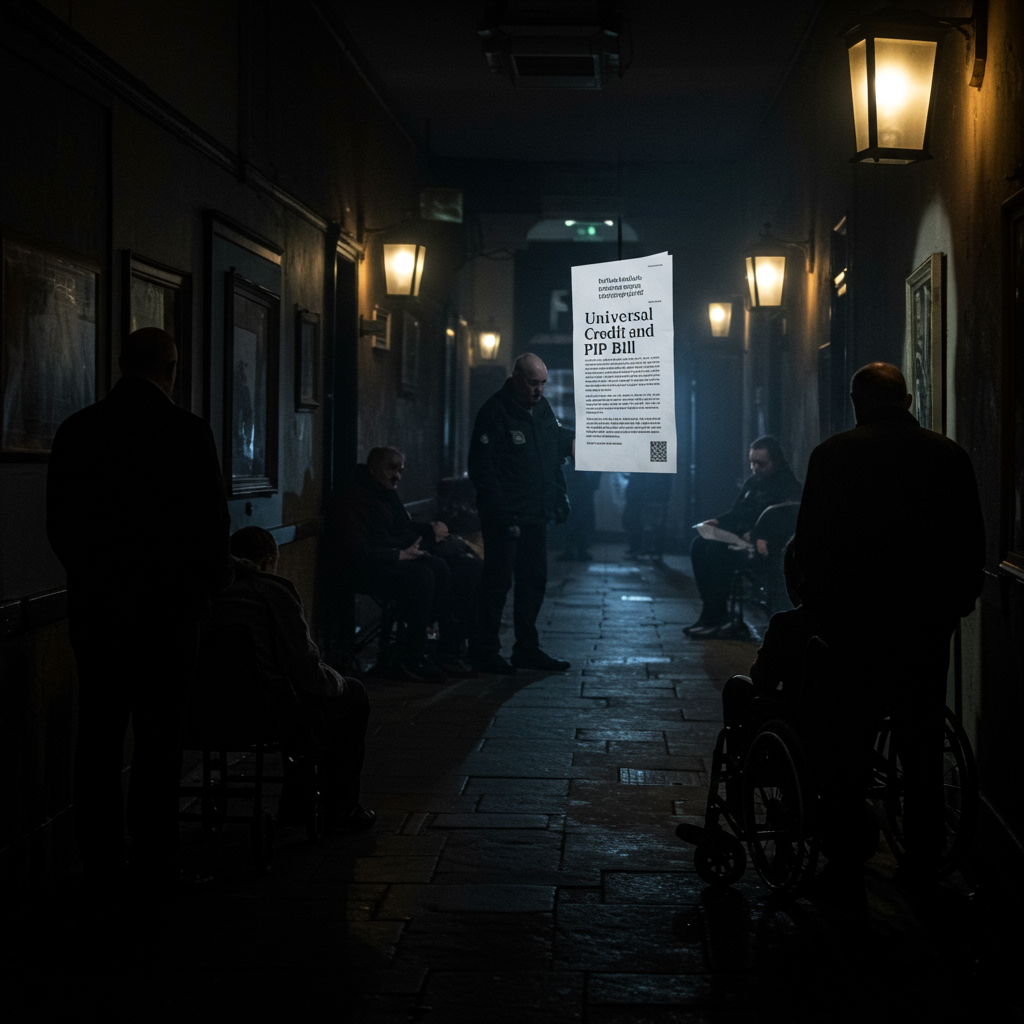Could a simple movement predict how long you’ll live? Recent research suggests that functional fitness, beyond just aerobic capacity, is a powerful indicator of healthy aging and longevity. One such assessment gaining attention is the sitting-to-rising test (SRT).
While it might sound easy, this test requires a surprising combination of balance, muscle strength, and flexibility – skills vital for maintaining independence as we age. Exercise researchers in Rio de Janeiro tracked over 4,000 middle-aged and older adults for more than a decade to see if performance on this simple movement could predict survival.
What is the Sitting-to-Rising Test (SRT)?
The SRT is a non-aerobic fitness assessment. It involves starting from a standing position, carefully lowering yourself to sit on the floor, and then standing back up again – ideally, without using your hands, knees, elbows, or any other body part for support.
The test is scored out of a potential high score (often considered 10, though the study used a 0-5 deduction system). Participants start with full points and lose points for each time they use a hand, knee, or other support to get down or back up. They also lose a half-point for being unsteady or wobbly. A higher score indicates better performance.
The Study’s Striking Findings
Over the 12-year follow-up period, the researchers found a strong correlation between initial SRT scores and mortality.
The vast majority of participants with high scores (performing the test with minimal or no support) were still alive at the end of the study.
In contrast, just under half of those with the lowest scores (between 0 and 4, indicating significant difficulty) had died.
This stark difference highlights that the physical capabilities measured by the SRT are significantly linked to longevity, even in participants already diagnosed with conditions like heart disease.
Dr. Claudio Gil Araújo, the lead author, emphasized that while aerobic fitness is important, muscle strength, balance, flexibility, and body composition (like healthy BMI) are equally crucial pieces of the healthy aging puzzle. The SRT, he notes, can reveal deficits in these areas that might otherwise go unnoticed.
Beyond SRT: Other Functional Fitness Predictors
The SRT is just one example of how simple physical tests can offer profound insights into overall health and future outcomes. Longevity researchers are increasingly looking at everyday movements as key indicators.
Walking Speed: Often called the “sixth vital sign,” walking speed is a powerful predictor of health, aging, and even cognitive function. A brisk pace is associated with better cardiovascular health and a lower risk of heart failure. Studies show that slower walking speed, even in midlife, can indicate accelerated aging across multiple body systems (lungs, immune, cardiovascular) and is linked to cognitive decline and changes in the brain. A simple test involves timing how long it takes to walk 33 feet at your normal pace. Average speeds decline with age, but performing better than average for your age group is a positive sign.
One-Leg Balance: The ability to stand on one leg is a significant measure of balance, which tends to decline sharply with age, particularly after 50. Poor balance is a leading risk factor for falls, which are a major cause of injury and mortality in older adults. One study found that participants over 65 who couldn’t stand on one leg for 10 seconds were nearly twice as likely to die within the next 10 years compared to those who could. Being able to balance on one leg for 30 seconds past age 65 is considered a good sign.
Why Do These Simple Tests Matter?
These tests aren’t just parlor tricks for predicting the future. They assess the integrated function of several vital body systems:
Musculoskeletal System: Strength, flexibility, and joint mobility.
Nervous System: Coordination, balance control, reaction time.
Cardiovascular & Respiratory Systems: While not directly aerobic, the ability to perform these movements efficiently reflects overall physical capacity.
Struggling with tests like the SRT, walking speed, or one-leg balance can be a “red flag,” indicating potential underlying issues or a higher risk of falls and reduced independence.
The Good News: You Can Improve!
The most encouraging finding is that the physical skills assessed by these tests – strength, balance, flexibility, and walking speed – are often modifiable.
If you find yourself struggling with the SRT or other functional movements, experts suggest that targeted training can help:
Strength Training: Building muscle mass is crucial.
Balance Exercises: Specific drills to challenge and improve stability.
Flexibility Training: Stretching and mobility work.
Increasing Activity: Simply walking more, incorporating stairs, and adding short bursts of faster walking can improve gait speed.
These tests can serve as a valuable conversation starter with your doctor about healthy aging and motivate you to focus on areas for improvement. Incorporating exercises that challenge your balance, strength, and flexibility can not only potentially improve your score on tests like the SRT but, more importantly, contribute to a healthier, more independent future.




